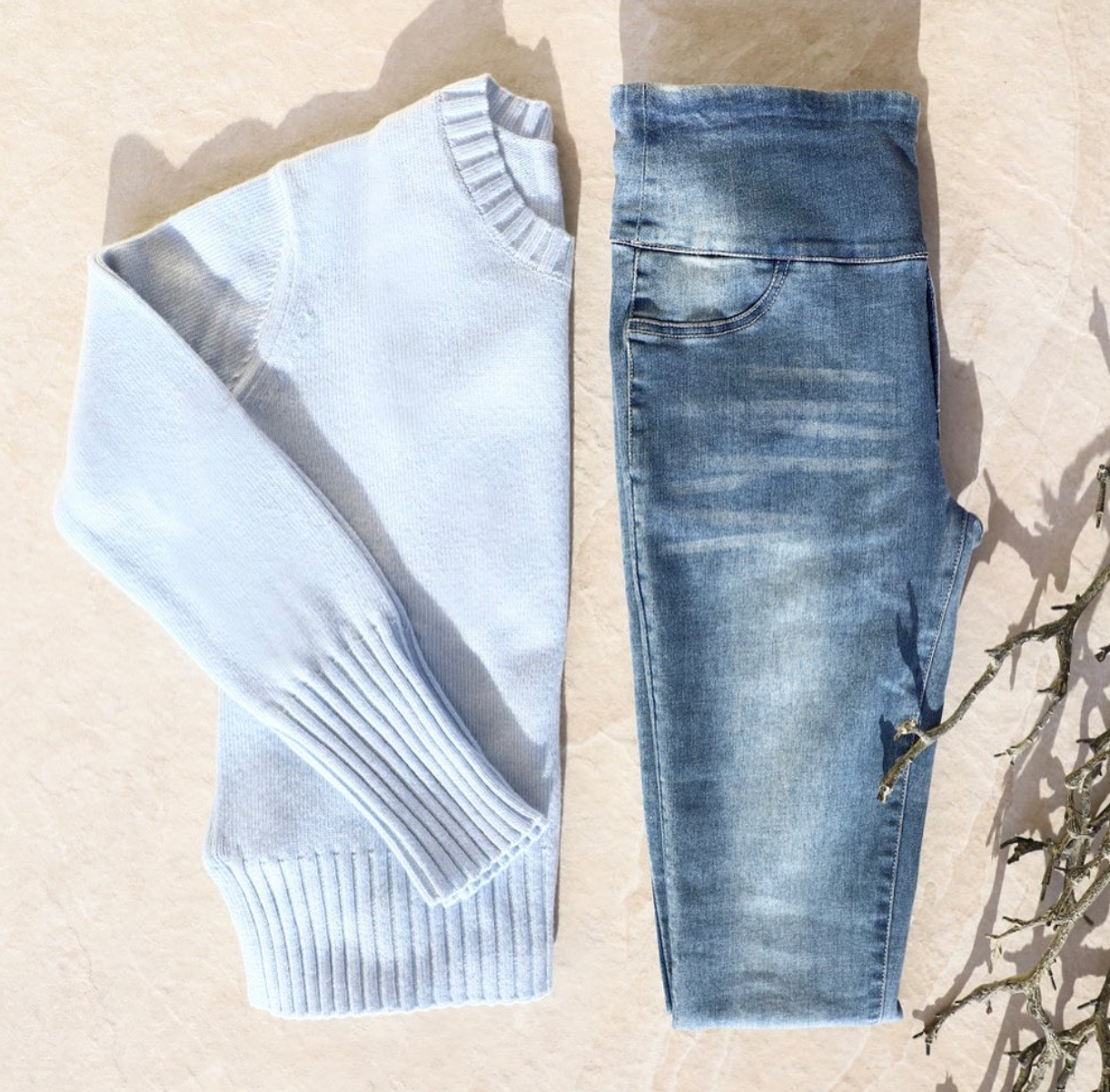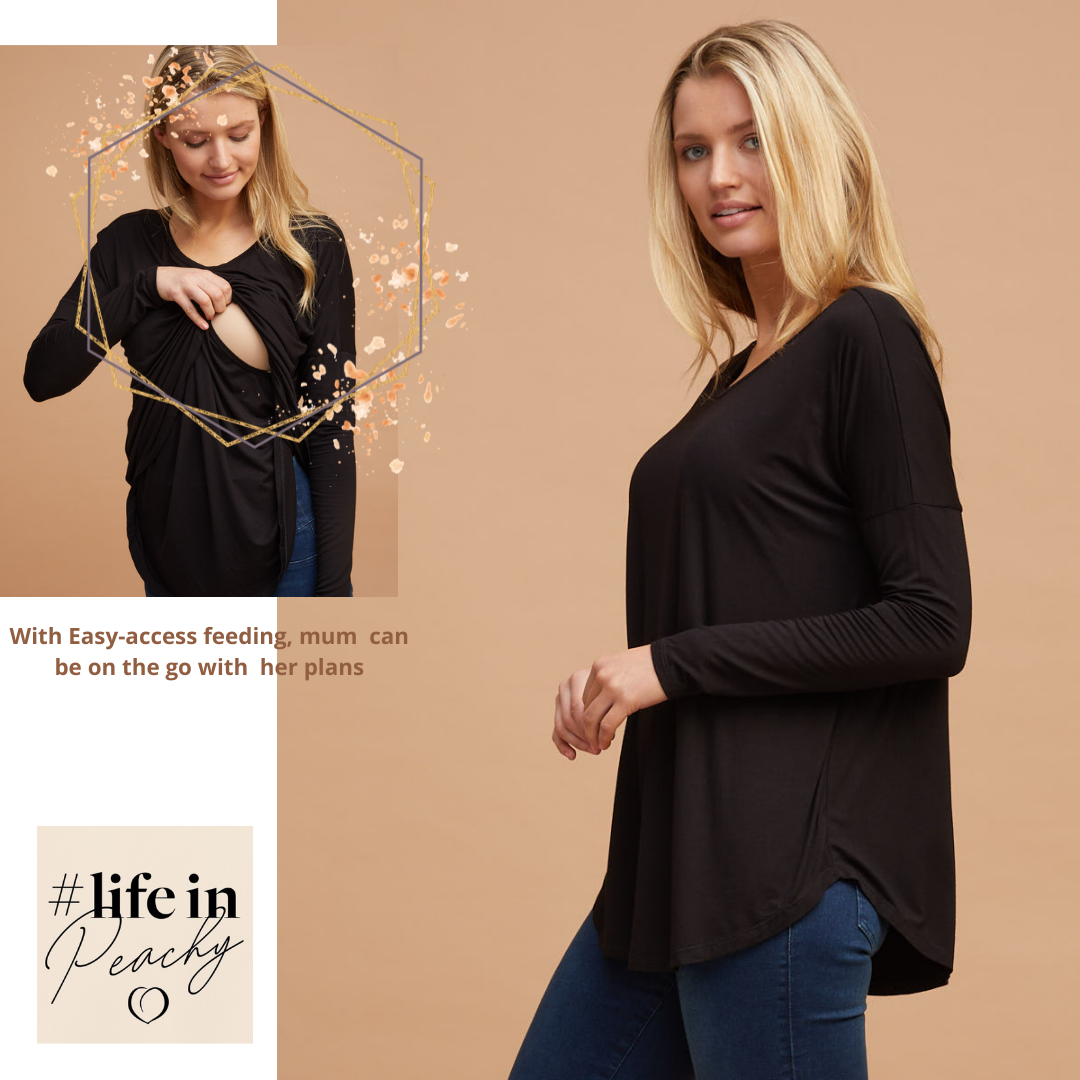
Breastfeeding is certainly a topic of interest on social media. From formula-fed versus breastfed baby debates to images of mothers breastfeeding their little ones, it is clear that people have a lot to say about breastfeeding.One recent image of breastmilk in Petri dishes which has gone viral has confirmed what many of us already know: breastmilk is amazing.
Vicky Greene, a mother of three, is a first year bioscience student attending South Devon College in Paignton, England. For her microbiology research project, she decided to use the breastmilk provided by a mum of a 15-month-old child and the breastmilk provided by a mum of a 3-year-old child in an experiment to examine the properties of both.
The results astonish the online community
There were nine Petri dishes in total, all of which contained the bacteria M. Luteus. Greene soaked disks with breastmilk, some of which came from the mum of the 15-month-old and some of which came from the mum of the 3-year-old.
The disks were placed in the centre of each bacteria-filled Petri dish. As the Facebook image of the experiment shows, in the centre where the breastmilk disk is present, the bacteria has completely vanished.
In the image you can also see a thick clear border which surrounds the white breastmilk samples and appears as a barrier between the breastmilk and the bacteria. Greene says that this area is where the proteins in the breastmilk have killed off the bacteria.
“[The breastmilk] also worked with E.coli and had a fairly good go at MRSA too,” Greene wrote in her Facebook post. “The future is bright, the future is breastmilk.”
Greene says that for her next experiment, she will be using colostrum in the same manner to examine its properties and to compare results.
Breastfed babies less likely to catch infections
The Australian Breastfeeding Association has reported that babies who receive breastmilk are less likely to catch infections. If breastfed babies do become sick, they tend to be ill for a shorter period of time.
This is because when a mum comes in contact with viruses, bacteria and other germs in her environment, her body gets to work producing antibodies to fight them. Those antibodies are then passed into the breastmilk and into the baby, helping both baby and mum ward off infections and illness.
Breastmilk can kill cancer cells, too
The evidence proving the substantial health benefits of breastmilk continue to grow. In 2010 there was a groundbreaking study (link: https://www.sciencedaily.com/releases/2010/04/100419132403.htm) which showed that breastmilk can kill 40 types of cancer cells. This is because of a substance in breastmilk known as HAMLET.
HAMLET (otherwise known as Alpha-lactalbumin Made LEthal to Tumour cells) was discovered in breastmilk years before Greene’s study was conducted. It was accidentally discovered as researchers were studying the antibacterial properties of breastmilk.
This substance contains a protein and a fatty acid that are naturally found in a mother’s milk. Unlike other cancer treatments, HAMLET effects cancer cells only and does not disturb healthy cells. Researchers have been able to separate HAMLET from the milk and are now studying its effect on brain tumours, tumours in the mucous membranes, and skin cancer.
Health benefits of breastmilk stay intact over time
One common misconception amongst parents is that after a certain age, breastmilk is less important to our children. Others have said that they believe it turns into water.
While the composition of breastmilk changes over time, the study above proves that breastmilk certainly remains effective and continues to be important to the health of babies and toddlers alike. The Australian Breastfeeding Association recommends the following time lines for breastfeeding your baby:
- Babies should be exclusively breastfed for six months
- Babies should then continue to breastfeed while also having solid food introduced for 12 to 24 months
- Families should continue to breastfeed for as long as mum and baby desire
- Weaning your baby when she is ready is the best way to ensure that your child’s physical and emotional needs have been met in a normal and healthy way.
Stay comfortable while feeding
Whether you are feeding a newborn baby, a toddler or an older child, staying comfortable while breastfeeding is critical in ensuring the success of a mum and bubs’ breastfeeding journey. For some mums being comfortable means privacy and discretion, while for others it may mean how easy it is to feed their child while on the go.
Whatever “comfort”means to you, Peachymama has got you covered.From our cool and comfortable Mandala Printed Breastfeeding Tshirt to our event-ready Retro Floral Pinafore, each of our pieces have been specifically designed to allow you to easily and discreetly feed your child while you are left feeling and looking fantastic.
Shop for work, for a special night out on the town, and for lounging around your home.Check out our new arrivals today at https://www.peachymama.com.au/collections/new-arrivals
Further Reading:
https://www.sciencedaily.com/releases/2010/04/100419132403.htm


